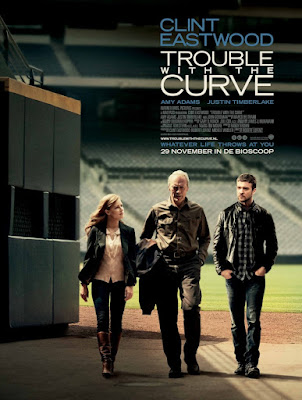2012 was a big year for Alfred Hitchcockiana with two behind-the-scenes pics and a new #1 ranking for VERTIGO/’58 as SIGHT AND SOUND’s all-time greatest pic. HITCHCOCK, the theatrical film, is loosy-goosy fluff, with Anthony Hopkins & Helen Mirren giving broad (and broadly inaccurate), but entertaining portraits of Hitch & wife Alma during the making of PSYCHO/’60. The film includes fantasy elements with Hitch talking things out with real-life Psycho inspiration Ed Gein. But even the non-fantasy side isn’t much concerned with factual integrity. And while it would be impossible to list all the gaffes, it’s hard to mind in this generally harmless, largely charming film. Some are just plain fun to spot, like a reference to big grosses for Dean Martin & Jerry Lewis 4 years after their split, wondering how actresses Janet Leigh & Vera Miles got so chummy when PSYCHO gave them no scenes together or shooting days in common, even why we’re on the Paramount lot when the film was shot @ Universal.
HBO’s cable pic, THE GIRL, is something else again. Fronted by dazzlingly believable perfs from Toby Jones & Imelda Staunton as Hitch & Alma, the film toes the line of fear & dread cultivated by professional Hitchcock ‘pathographer’ Donald Spoto. No doubt you’ll be shocked, shocked to hear about a Hollywood moviemaker who makes a pass at his lovely leading lady. How he treated her miserably on set just to get the shots he needed. Or, and here’s the real kicker, how he held her to that long term contract she’d signed. Oh, were you thinking of David O Selznick & Jennifer Jones? Or the entire list of contract players @ Howard Hughes’ R.K.O.? Face it, Hitch may have been something of a shit to Ms. Hedren, his new discovery for THE BIRDS/’63, but just how unusual was his creepy behavior? The real mystery is how he chose her in the first place. With her brittle look and chirping voice (she seems to have no vocal overtones), there was indeed a twittery quality to her that worked for THE BIRDS, plus, a manner suggestive of arrested psychological development (that voice, again) for MARNIE/’64, his most fascinating of failures. But, sadly, the girl couldn’t act. Right from the opening of THE BIRDS, where she has to play the sort of bantering comedy Grace Kelly nailed in the early scenes of her classic Hitchcock trio, Hedren is painfully amateurish. (Not at all the case with the talented Sienna Miller who plays her but looks more like another Hitchcock novitiate, Kim Novak.) Hitch certainly didn’t help himself when he moved his production deal from Paramount to Universal where the tech departments let him down again & again. For that, Hitch could thank his brilliant, but devious, artistically clueless master agent, Lew Wasserman who was taking over Universal. You’ll find him in HITCHCOCK, played by Michael Stuhlbarg behind a pair of thick black-framed glasses.
READ ALL ABOUT IT: Patricia Hitchcock, daughter of Hitch & Alma, co-wrote a surprisingly lively & open book on her mother that unofficially informs both of these films.

























